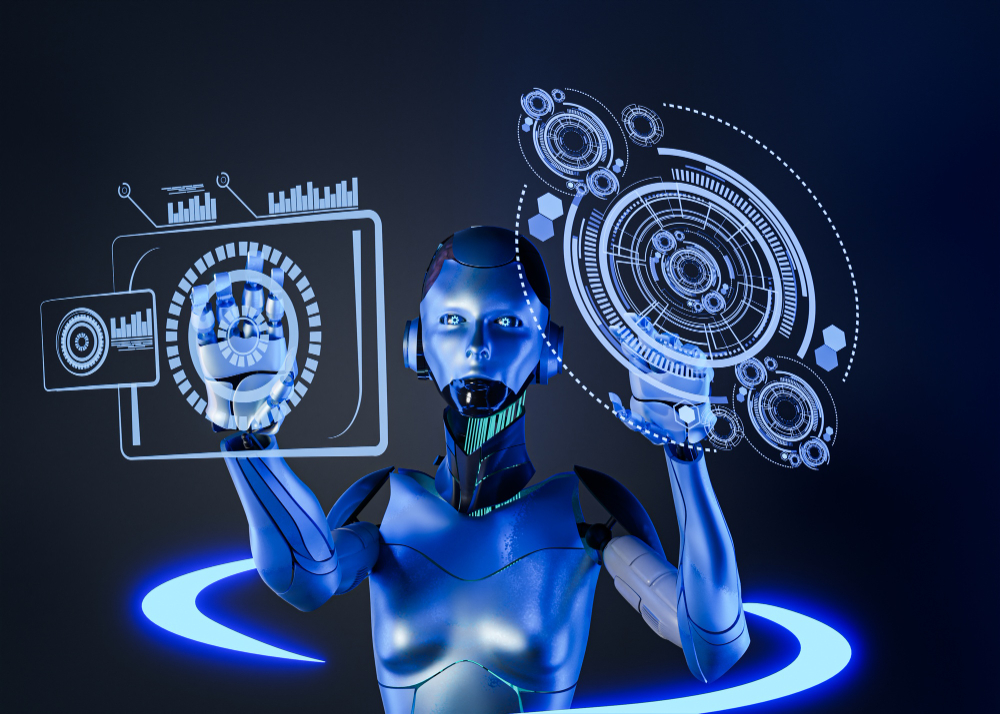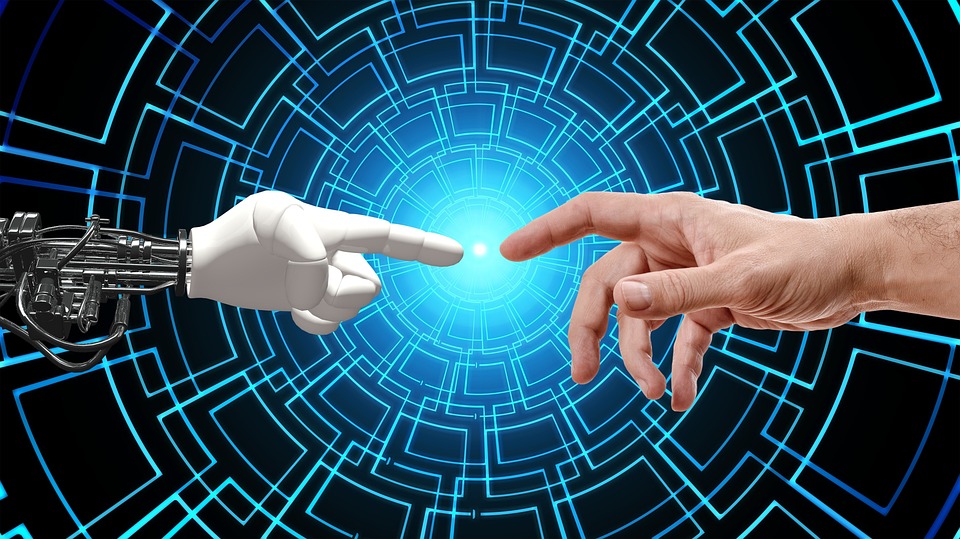
WILL AI TAKE OVER THE WORLD IN FUTURE?

ABOUT ARTIFICIAL INTELLIGENCE-AI
Artificial intelligence (simulated intelligence) is really a progressive accomplishment of software engineering, set to become a central part of all cutting edge programming throughout the next few long stretches of time.This is a risk, but it is also an opportunity.Artificial intelligence will be used to increase both safe and hostile digital tasks. Moreover, new methods for digital assault will be designed to exploit the specific shortcomings of computer-based intelligence innovation.At long last, the meaning of data will be upgraded by man-made consciousness’ desire for a ton of arranged data, reevaluating how we ought to consider data security. Reasonable global administration will be critical to ensuring that this time-characterizing innovation achieves widely shared security and flourishing.
Another definition of artificial intelligence is the creation of computer systems that are able to carry out activities that need human intellect, such as making decisions, detecting objects, solving complicated issues, and so on.
Artificial Intelligence (AI) is the branch of computer science that emphasizes the development of intelligent machines that think and work like humans. For example, speech recognition, problem-solving, learning and planning.
THREE TYPES OF ARTIFICIAL INTELLIGENCE
- Artificial narrow intelligence (ANI), which has a limited range of abilities.
- Artificial general intelligence (AGI), which has capabilities to humans.
- Artificial super intelligence (ASI) is intelligence that is superior to that of humans.
NEW AND EXISTING TECHNOLOGIES IN ARTIFICIAL INTELLIGENCE
1.Natural language generation: Natural language generation is a software process that produces natural language input. It acts as a translator that converts complete data natural language representation. It mainly involves text planning, sentence planning and text realization. The goal of natural language generation(NLG) is to use AI to produce written or spoken narrative from a dataset. In NLG, ideas that the system transforms into texts are generally known precisely.
Normal uses of NLG strategies incorporate the development of different reports, for instance climate and patient reports; picture inscriptions; and chatbots.Robotized NLG can match the cycle that people use to convert their thoughts into composition or discourse.
- Speech Recognition: Speech recognition is known as automatic speech recognition(ASR), computer speech recognition, or speech to text (STT) which means Understanding voice commands by the computer and performing any required task.It develops methods and technologies that implement the recognition and translation of spoken language into text by computers.Speech recognition is the process by which a computer (or other type of machine) identifies spoken words. Basically, it means talking to your computer, and having it correctly recognize what you are saying.
2. Virtual Agents: A virtual agent is an AI-based intelligence-based programming programme that works with people in the same way that live specialists do. Virtual specialists, also known as virtual or voice collaborators, can provide various types of assistance and perform tasks in accordance with various client objectives. They can serve as telephone, talk, and message stations in a bound together way. They increase human groups to give a superior encounter to the clients and live specialists. They take over dull client associations, freeing gatherings to handle cases nobody yet individuals can address.
3. Biometrics: Biometrics is that type of innovation that integrates the organic uniqueness of a person into a specialized viewpoint with the end goal of safety and information. These may incorporate face acknowledgment, unique finger impression, checking, and so on.
Biometrics are biological measurements or physical characteristics that can be used to identify people. Biometric technology includes, but is not limited to, fingerprint mapping, facial recognition, and retina scans.
Researchers claim that the shape of an ear, the way a person sits and walks, distinctive body odors, the veins in one’s hands, and even facial transformation are all unique identifiers. These characteristics contribute to the definition of biometrics.
4. Machine Learning :Machine learning is a step toward AI. This branch of artificial intelligence employs algorithms to automatically learn insights and recognise patterns in data, and then applies that learning to make increasingly better decisions.By studying and experimenting with machine learning, programmers push the boundaries of how much they can improve a computer system’s perception, cognition, and action.
Deep learning is a more advanced method of machine learning. Deep learning models learn complex patterns and make predictions independently of human input by utilizing large neural networks — networks that function logically analyze data like a human brain.
5. Robotic Process Automation: Robotic process automation is a software technology that makes it possible to build, deploy, and manage software robots that emulate human action. RPA can remove friction, time, and cost from the equation, while also ensuring that providers have the data and time they need to make the best care decisions. Our robots can simulate human keystrokes and read screens using UIPath Document Understanding.
6.Peer-to-peer Network: Peer-to-peer network is also known as point -to-point network, where all the computers are linked together with equal privilege and responsibilities for sharing the data. A peer-to-peer (P2P) service is a decentralized platform whereby two individuals interact directly with each other, without intermediation by a third party. Instead, the buyer and the seller transact directly with each other via the P2P service.
Large files are frequently shared over the internet using a P2P (peer-to-peer) network architecture. Some online gaming platforms, for example, use P2P to distribute games between users. P2P is used by Blizzard Entertainment to distribute Diablo III, StarCraft II, and World of Warcraft.
NOW THE REAL QUESTION IS – WILL AI TAKE OVER THE WORLD IN FUTURE?
No, simulated intelligence won’t assume control over the world. Motion pictures like I, Robot are sci-fi, with an emphasis on the word fiction. Everything that expresses simulated intelligence is a strong business instrument that supports organizations and their client care systems. It’s making a superior client experience. AI isn’t taking control of the world. It is simply acquiring consideration as one more way to deal with finding answers to many testing issues that people are attempting to tackle.
